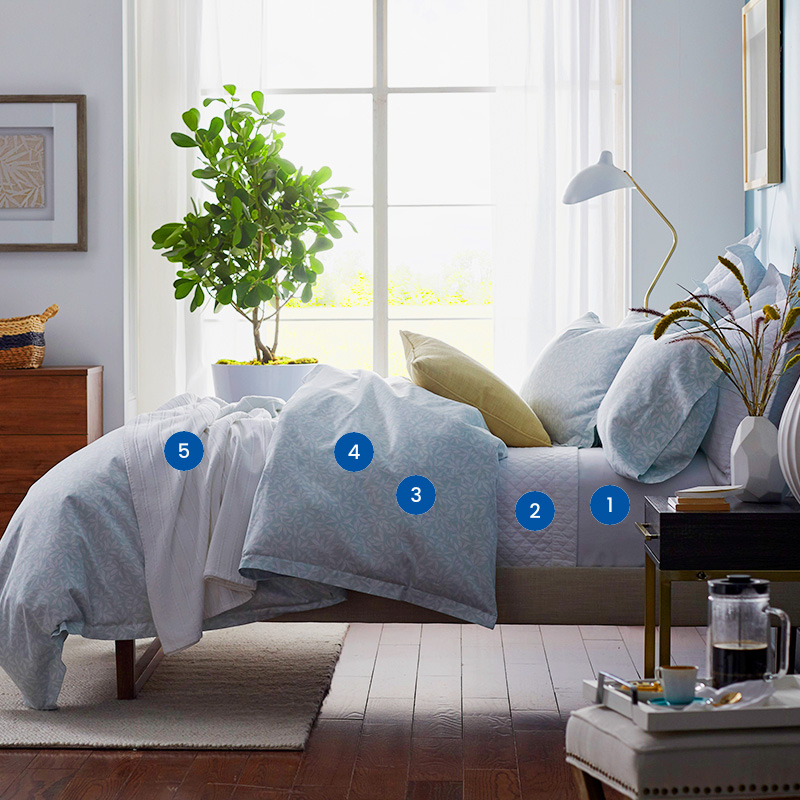

And most foolproof layering combos come in threes: a bottom, middle and top layer, and an outer layer for when it’s really cold. It goes without saying, but layers really apply to your top half (you’re not going to wear multiple pairs of pants or a pair of tailored shorts under or over your trousers). You work hard on your grooming, so don’t hide that great hair and clean face with too many head and facial ‘masks’, especially if you’re already piled up with clothes. And if you’re sporting just a two-piece look, these add-ons provide more layered-ness for your money.īut don’t go overboard, though.

From thick and chunky scarves to leather gloves and felt-y wool hats, accessories add functional personality to a layered look. Isn’t it obvious? Those little things in your wardrobe life play a huge part in mastering the art of layering. If you look like a walking muriel, change. Finally, going print-on-print means patterns need to be on scale, relative in size and not too busy. Lighter neutrals are very acceptable, even in winter, and add a freshness to the cooler season.

For the colour-shy, layering means you can hide the bold hues and patterns as under layers, quietening their noise under a neutral and/or block coloured top coat or shirt jacket.Īs always, put neutrals between pieces of colour, following the rules of colour matching. Layering allows colour-lovers to work in several different tones and shades (and even statement prints) into one unified look. Head to toe earth tones or colourless clothes need texture to avoid your layered get up looking like a walking black hole. Especially, in monochrome, neutral and all-black looks. When it comes to casual wear or smart casual, unless your outfit is a set – such as two-piece suit – it’s vital you vary the texture. So – for texture’s sake – wear different cotton finishings such as waxed, brushed and garment-dyed to set each piece apart. As already mentioned, cotton is a major player. Varying the texture simply means adding in and contrasting different fabric finishes, which gives off a sense of depth or light and shade to an outfit, especially when wearing the same fabric all over. The active accents are very on trend right now and will create an added fabric point of difference between your outer, inner and in-between layers. Any two pieces may be made from say, pure cotton, but each will look and feel different due the warp and weft of the yarn that makes up the material.įinally, break up the fabric mix by incorporating the latest in technical fabrics – such as moisture wicking shirts and waterproof jackets. Then, notice the difference in the weave, affecting the thickness and weight of the garment. Firstly, acknowledge most garments will be made from the the same type of fabrics: cotton, wool, or a blend of two. It’s all linked to the rule of dressing from light to heavy for practical purposes. Best Layering Fabricsīefore putting together an outfit, it’s important to look at each piece and take it back to its fabric of origin. You now have an entirely new look from standard separates kicking around. That old flannel shirt you’ve had since 2005? Pull it out, put a denim jacket over it and use a white v-neck or henley tee as your bottom base layer. Remember, the secret isn’t so much to go out to buy as many pieces as you can – it’s to use what you already have (assuming you already have the basics) to create fresh new looks at the cost of nothing. So, here are four most important layering styling tips to consider if you’ve got all the gear but no idea. Smart, right? How To LayerĪs well as the practical points above, we wouldn’t be a men’s style publication if we didn’t discuss the aesthetics involved in layering. And, you can peel away the layers as your body temperature regulates to the indoor heat, after coming in from the cool. This ensures that the most lightweight, breathable garments are closest to your skin, and the more durable, heavyweight pieces are protecting you from the elements. But, to avoid looking like Michelin man or a walking cream puff, the biggest thing to remember is this: layer thin to thick, and light to heavy. It’s an outfit made up of clothes upon clothes, with each piece acting like a step or stage in the overall look.


 0 kommentar(er)
0 kommentar(er)
